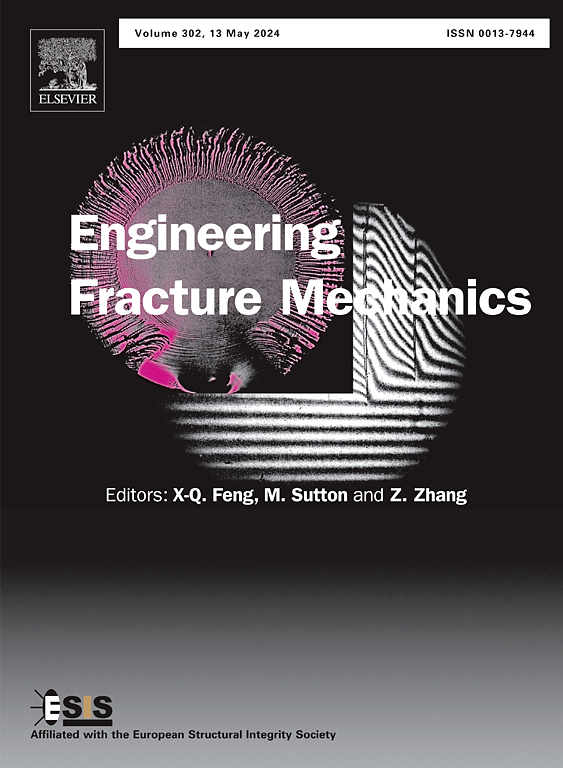Analysis of the distributed laser-assisted rock breaking mechanism by TBM disc cutters – based on microscopic scale scratch tests and macroscopic scale scaled-down disc cutter indenter penetration tests
IF 4.7
2区 工程技术
Q1 MECHANICS
引用次数: 0
Abstract
The energy density of traditional straight round laser (SL) is overly concentrated, easily producing vitreous glaze, which severely affects the cutting performance of TBM cutters and the efficiency of laser utilization. This paper aimed to optimize the laser power density distribution by improving the beam shaping principle of existing SL. Firstly, a distributed laser (DL) model and a quick-detachable optical lens assembly design scheme were proposed, and their feasibility was verified through simulations. Furthermore, a DL rock-breaking experimental platform was constructed based on the E1309M laser cutting machine. Through friction probe scribing and scratch tests and scaled cutter indenter penetration tests, the effects of DL on the micro-physical and mechanical properties of rock and the macro cutting performance of cutters were studied. Finally, combining existing literature, the mechanism of laser-assisted cutter rock breaking was revealed. The results show that the inner focused beam of DL efficiently pre-forms cutting grooves, while the outer dispersed beam reduces heat accumulation, inhibiting the formation of vitreous glaze and enhancing the rock-breaking effect. The thermal impact zone generated by DL not only increases rock fracture toughness but also reduces rock-breaking energy consumption and the number of cutters required.
求助全文
约1分钟内获得全文
求助全文
来源期刊
CiteScore
8.70
自引率
13.00%
发文量
606
审稿时长
74 days
期刊介绍:
EFM covers a broad range of topics in fracture mechanics to be of interest and use to both researchers and practitioners. Contributions are welcome which address the fracture behavior of conventional engineering material systems as well as newly emerging material systems. Contributions on developments in the areas of mechanics and materials science strongly related to fracture mechanics are also welcome. Papers on fatigue are welcome if they treat the fatigue process using the methods of fracture mechanics.

 求助内容:
求助内容: 应助结果提醒方式:
应助结果提醒方式:


